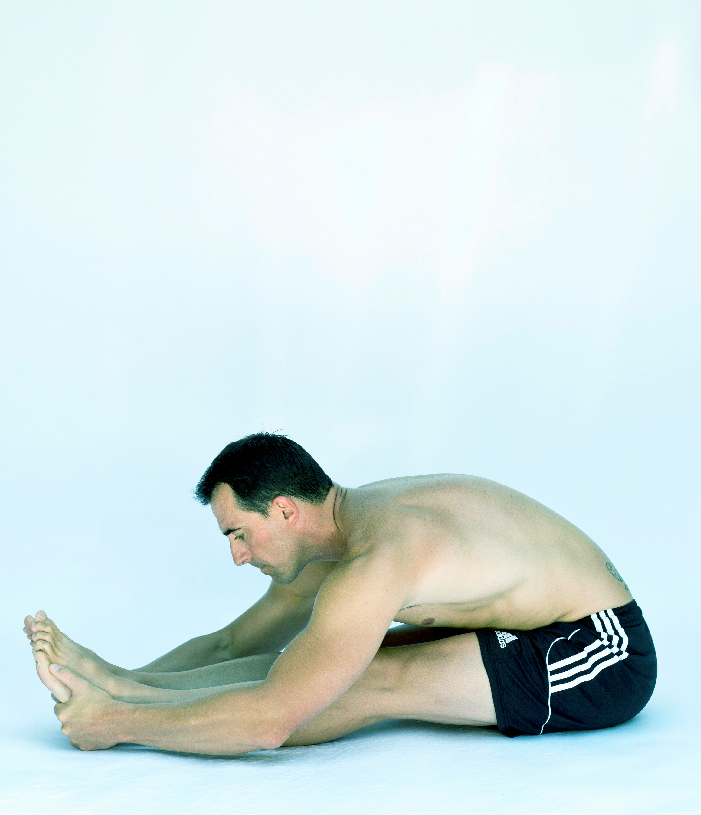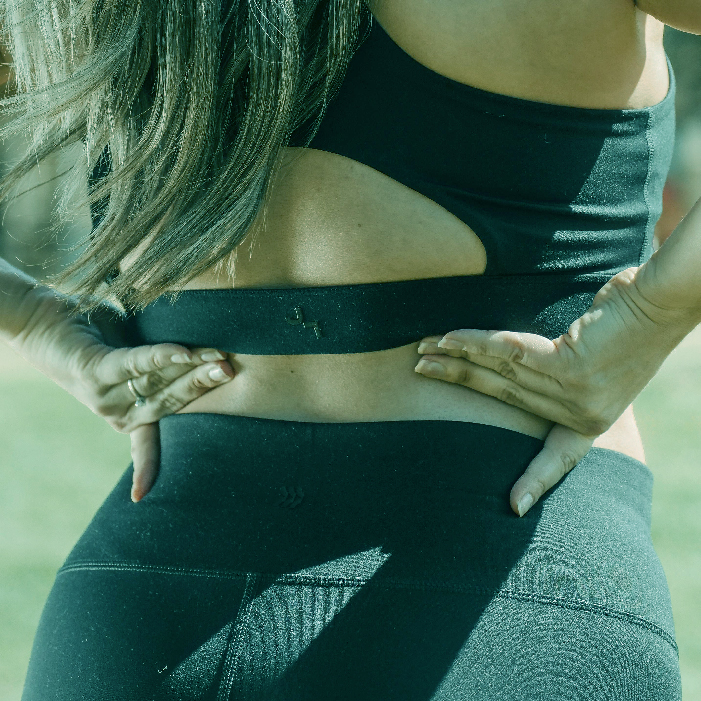What is a herniated disc and why does spinal pain occur?
A herniated disc is a common condition affecting the intervertebral discs —structures located between the vertebrae that act as shock absorbers. When a disc moves out of place or ruptures, it can press on nearby nerve roots, causing pain, numbness, or weakness in the affected area.
There are different types of herniated discs depending on location: cervical (neck), lumbar (lower back), thoracic (mid-back), and specific cases such as L4-L5 or L5-S1. Other variants include disc protrusion(bulging without rupture) and disc extrusion(when the inner nucleus leaks out of the disc).

Most common types of herniated discs
Depending on the location and clinical characteristics, the most frequent types are:
Lumbar herniated disc
affects the lower back; the most common type. It can cause sciatica, leg weakness, and walking difficulty.
Cervical herniated disc
located in the neck and may radiate pain to the shoulders, arms, or head.
Thoracic herniated disc
less common; appears in the mid-back region.
Disc protrusion
bulging of the disc without complete rupture. It may be asymptomatic or progress to a full hernia.
Disc extrusion
the nucleus pulposus escapes the disc, usually causing more intense symptoms.
Common causes of herniated discs
A herniated disc often develops due to gradual wear and tear of the intervertebral disc. The most common causes include:
Natural degeneration due to aging
Repetitive poor posture or excessive strain
Trauma or injury
Incorrect lifting technique
Genetic or hereditary predisposition
Localized pain (neck, back, lower back)
Pain radiating to arms or legs
Tingling or numbness
Muscle weakness
Difficulty walking, standing or sitting for long periods
Most common symptoms of a herniated disc
Symptoms vary based on location and severity, but common ones include:
What’s the best treatment for a herniated disc?
Treatment depends on severity. For most patients, conservative care is effective and avoids surgery. The most common therapies include:
Relative rest during the acute phase
Specialized physiotherapy and controlled exercise
Local heat or cold therapy
Anti-inflammatory medication and muscle relaxants
Injections (in selected cases)
Recommended and avoided exercises for herniated discs
Guided physical activity is crucial for recovery. Recommended exercises include:
- Gentle back stretches
- Core strengthening (abdominal and lumbar muscles)
- Progressive joint mobility
- Regular walking
Avoid high-impact activities, heavy lifting or movements involving lumbar hyperextension. Many exercises are contraindicated for acute L5-S1 hernias.

How long does a herniated disc last? Can it go away on its own?
A herniated disc can improve over time, especially with proper treatment. Many patients notice significant improvement within a few weeks, while others may need several months. Some hernias may even partially reabsorb spontaneously.
Consequences of not treating a herniated disc properly
Ignoring or mistreating a herniated disc can lead to:
- Chronic pain
- Progressive loss of mobility
- Limitations in daily and work activities
- Disability in severe cases

Frequently asked questions about herniated discs
Is a hernia the same as a disc protrusion?
Not exactly. A protrusion is an early stage where the disc bulges without rupture, while a hernia is a more advanced lesion.
Can a herniated disc disappear?
In some cases, yes. With proper treatment, many hernias shrink and symptoms subside.
Is surgery for herniated discs dangerous?
Every procedure carries risks, but modern surgical techniques are much safer and more effective. Surgery is reserved for specific cases.

How to start treatment with Back is Back
At Back is Back, we evaluate each case using advanced technology, functional measurements and precise diagnostics. Our proprietary, evidence-based method —backed by over 30 years of clinical experience —allows us to treat herniated discs from the root, with personalized, science-driven care.
Book your initial consultation and start your recovery without pain.